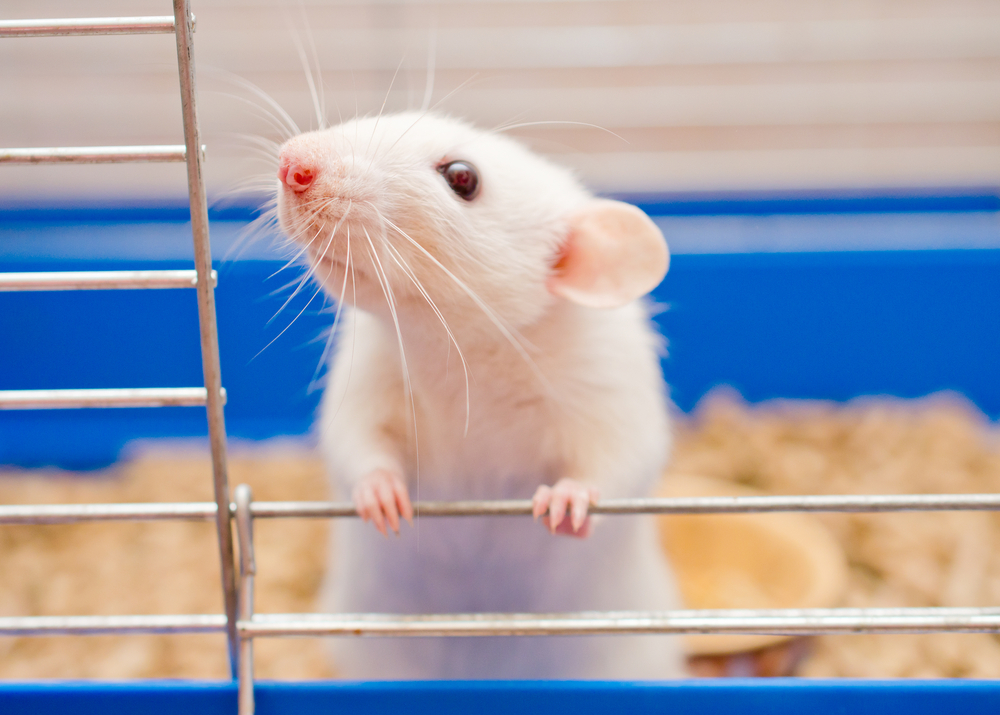Osteopontin Protein May Worsen MG by Affecting Immune Cells, Study Finds

The protein osteopontin, thought to be involved in autoimmunity and inflammation, appears to aggravate myasthenia gravis (MG) progression by promoting the production of self-reacting immune cells while lessening the number of cells that safeguard the body against autoimmune reactions, an early study in rats has found.
In the future, new treatment strategies that block osteopontin activity may be pursued to combat MG, the researchers said.
The study, “Osteopontin exacerbates the progression of experimental autoimmune myasthenia gravis by affecting the differentiation of T cell subsets,” was published in the journal International Immunopharmacology.
MG is a neuromuscular condition triggered by an autoimmune, or self-attacking response. It occurs when a person’s immune system produces auto-reactive antibodies that mistakenly attack proteins important for maintaining the normal function of the neuromuscular junction — the place where nerve cells and muscles communicate.
Many studies have confirmed the role of T helper (Th) cells, a group of immune cells, in the development of MG in patients and in MG-like diseases in animal models. However, researchers are still looking for factors that regulate the differentiation — or specialization of function — of these cells, and to understand their impact on the onset and course of the disorder.
Osteopontin, called OPN, is a protein produced by many immune and non-immune cells and found across multiple tissues and organs. It is best known as a component of the extracellular matrix — a gel-like mesh of proteins, sugars, water, and other molecules that supports cells and tissues — though it also may serve other purposes.
Several studies have indicated that OPN plays a key role in autoimmune diseases, including multiple sclerosis (MS), in which the protein was found to be elevated in patients’ bodily fluids. The protein also was linked to a more severe MS course in animal models by promoting the differentiation of Th immune cells.
However, the role and the mechanisms by which osteopontin may affect the course of MG remain unclear.
To tackle this question and investigate how OPN could affect MG development, a team of researchers in China tested “one of the most important animal models used to research MG” — a rat model of experimental autoimmune myasthenia gravis (EAMG).
The team found OPN levels were elevated in the blood and white blood cells of rats during the development of MG-like disease.
In vitro experiments — done in a dish in a lab — using rat white blood cells collected at the peak of the disease showed that OPN strongly drove the differentiation of auto-reactive T helper 1 (Th1) cells. The Th1 cells are immune cells associated with the production of auto-reactive antibodies and involved in autoimmune and inflammatory responses.
At the same time, the researchers also found that OPN stopped differentiation of T regulatory (Treg) cells, which are immune cells that regulate immune responses and limit self-attacking reactions and inflammation. Deficits in Tregs are thought to contribute to the development of allergies and autoimmune disorders.
Consistent with the effects observed in vitro, giving a high dose of OPN to rats was found to aggravate the progression of MG-like disease, compared with animals given a placebo. Symptoms emerged earlier and the levels of auto-reactive antibodies peaked faster. Mirroring prior observations, this effect was accompanied by an increase in the proportion of Th1 cells and a drop in the percentage of Tregs.
“In conclusion, OPN likely exacerbates the pathogenesis [development] of EAMG by promoting the differentiation of Th1 cells and inhibiting the differentiation of Treg cells,” the researchers said.
“Therefore, EAMG could be combated by inhibiting OPN activity,” they said.
This could be achieved by destroying the protein structure, blocking its connection with receptors, or reducing its receptors in cells, the scientists said.





